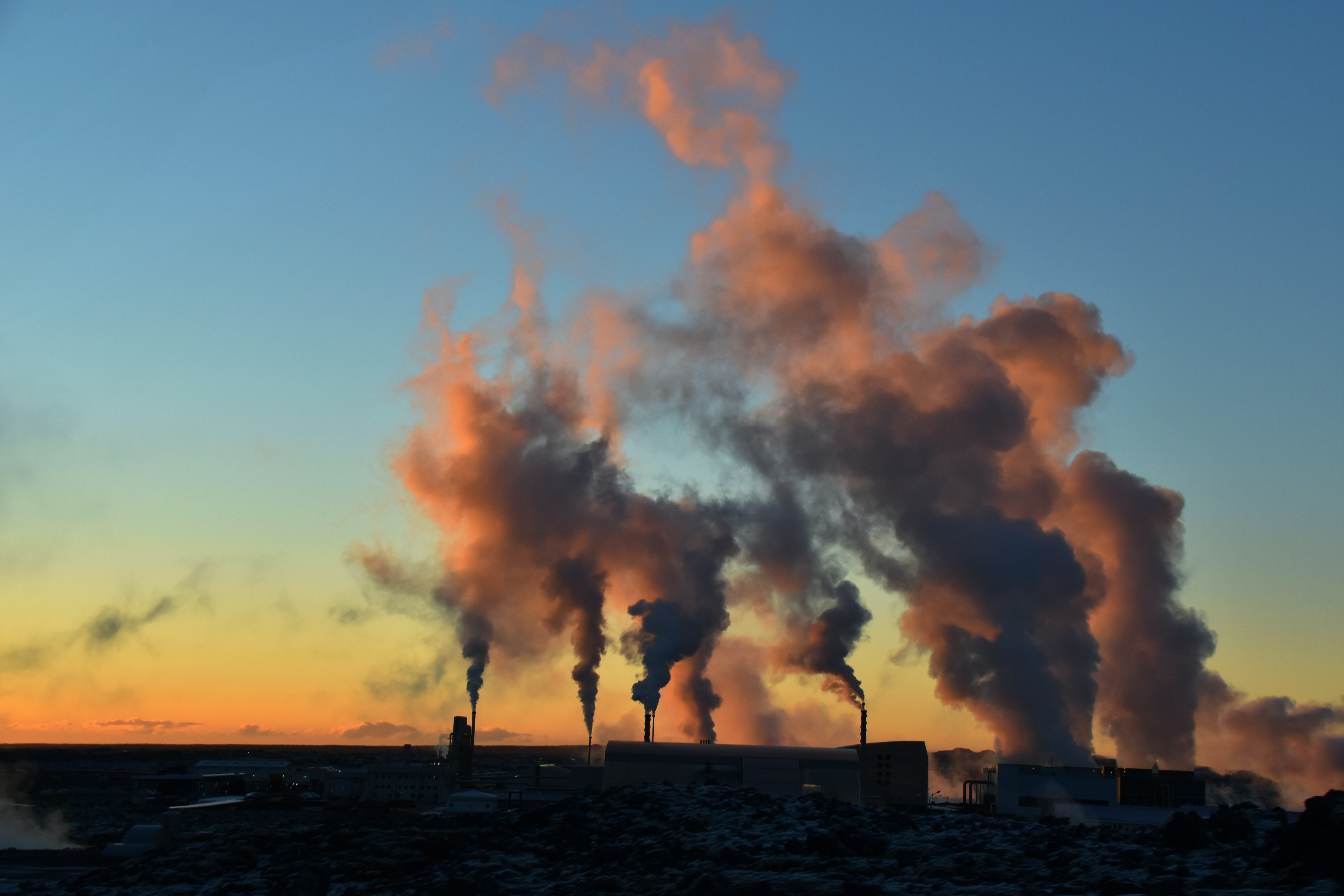
In recent months, spot prices of UK gas have soared, from ca.30p per therm during the summer to well over £2 per therm by October; they have, though, fallen back from their peak over the last few days. As the soaring prices imply, availability of gas during the coming winter is also a major issue, especially if prolonged periods of cold weather arise.
In fact, gas supply across the globe is a real issue, with relatively few major gas-producing countries. Furthermore, investment in new gas facilities has fallen back in recent years. For the UK, whose North Sea gas resources are diminishing, Norway is the pivotal supplier. Supplies of Liquified Natural Gas (LNG) are stretched, while Russian EU gas exports via Gazprom are dominated by political and legal issues relating to the divisive Nord Stream 2 pipeline.
Gas demand, post the COVID-19 recovery, is satisfied by what has become a seller’s market. Demand is led by Asia, in general, and by China, in particular. LNG shipments are now very much sought after, especially since global gas stocks are low, with Northern economies being keen to re-build their gas reserves before winter.
While the UK media has generally focused on pricing issues, availability of gas, especially during this winter, remains a real concern. Interconnector capacity may look reassuring on paper, but gas supplies, in a tight EU market, can be easily redeployed elsewhere.
Most risky of all is the UK’s desperately low gas storage capacity. The latest figures show that the UK has gas storage capacity equivalent to just 2% of its annual demand; the figures for the EU’s four leading gas markets vary between 25% and 37%.
Domestic customers currently face various issues. The energy price cap was initially set in January 2019 at £1,137 per year for dual supply to a customer on a Standard Variable Tariff (SVT). The next review of the price cap is in 1Q’22, and is set to see further rises, perhaps to over £1,450. Furthermore, a proliferation of bankruptcies among smaller energy suppliers – some 14 have collapsed since early August – means that many customers have been allocated new suppliers by Ofgem.
Major energy users within the industrial sector are particularly exposed to higher – and enduring – gas prices. Sectors such as steel and chemicals are particularly vulnerable, unless they have favourable long-term energy supply contracts in place.
Against this background, it should be recognised that the UK’s generation mix has changed appreciably over the past 30 years, with coal-fired plant being almost totally phased-out and new renewables capacity making a material contribution. Although UK gas-fired output is now lower than previously, it still produces ca.35% of UK generated output.
Clearly, much of the impact of higher gas prices will depend upon how long they endure. UK domestic customers will, almost certainly, see a pronounced rise in energy prices, and, if the coming winter mirrors some of the freezing temperatures of the past – 1962/63 comes to mind – gas availability will become a key national issue.